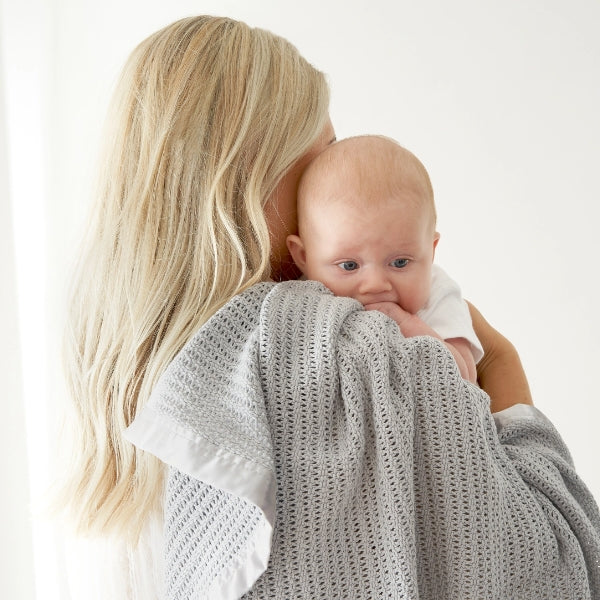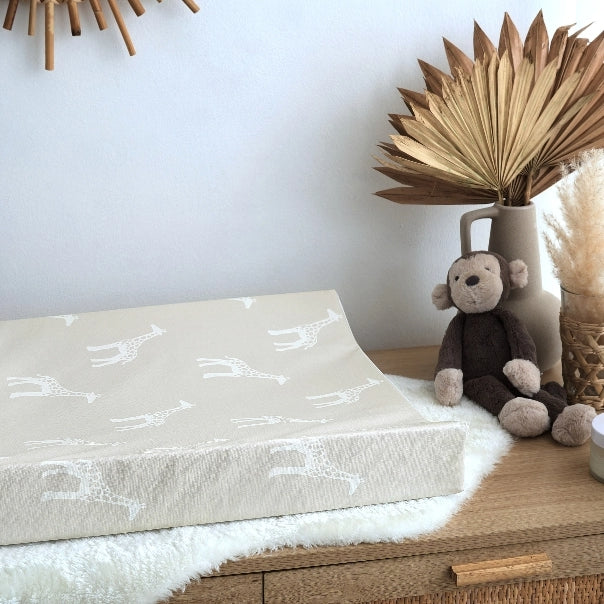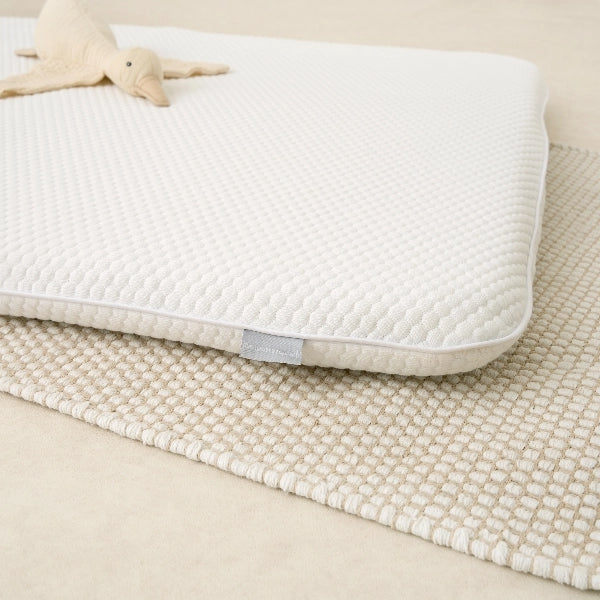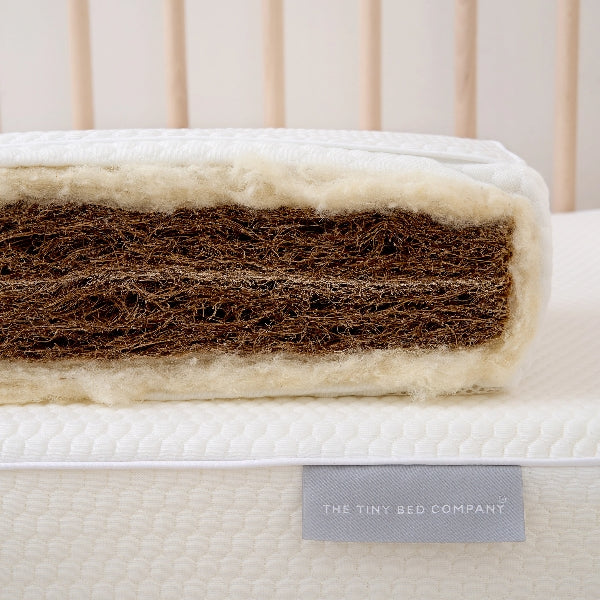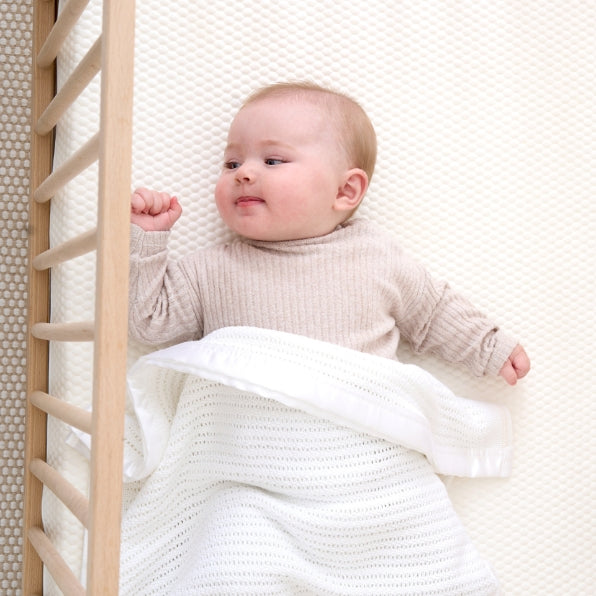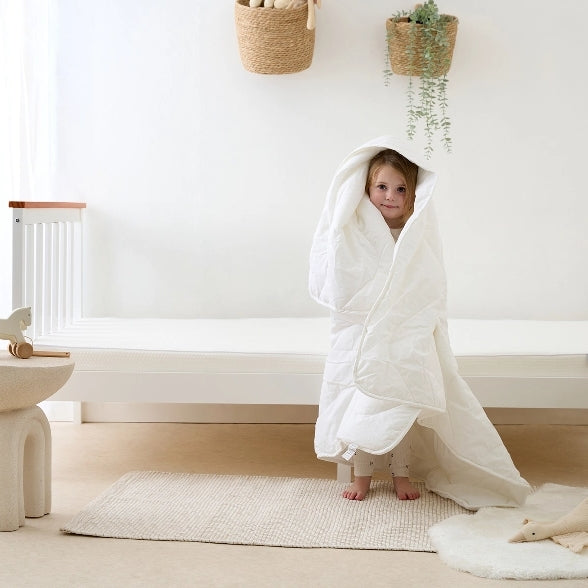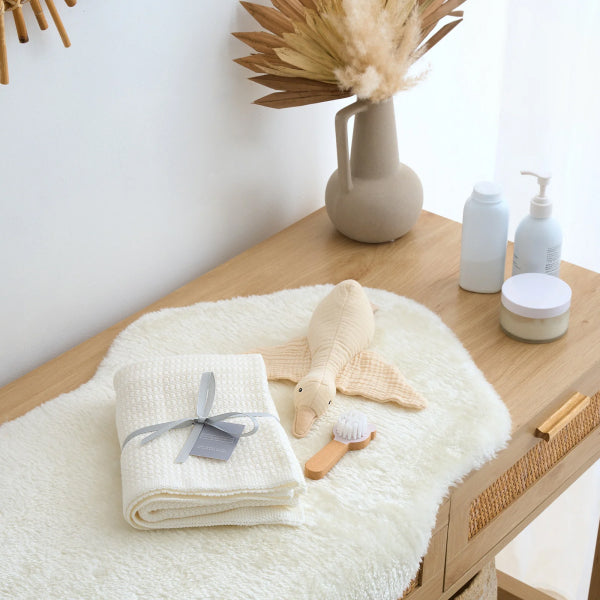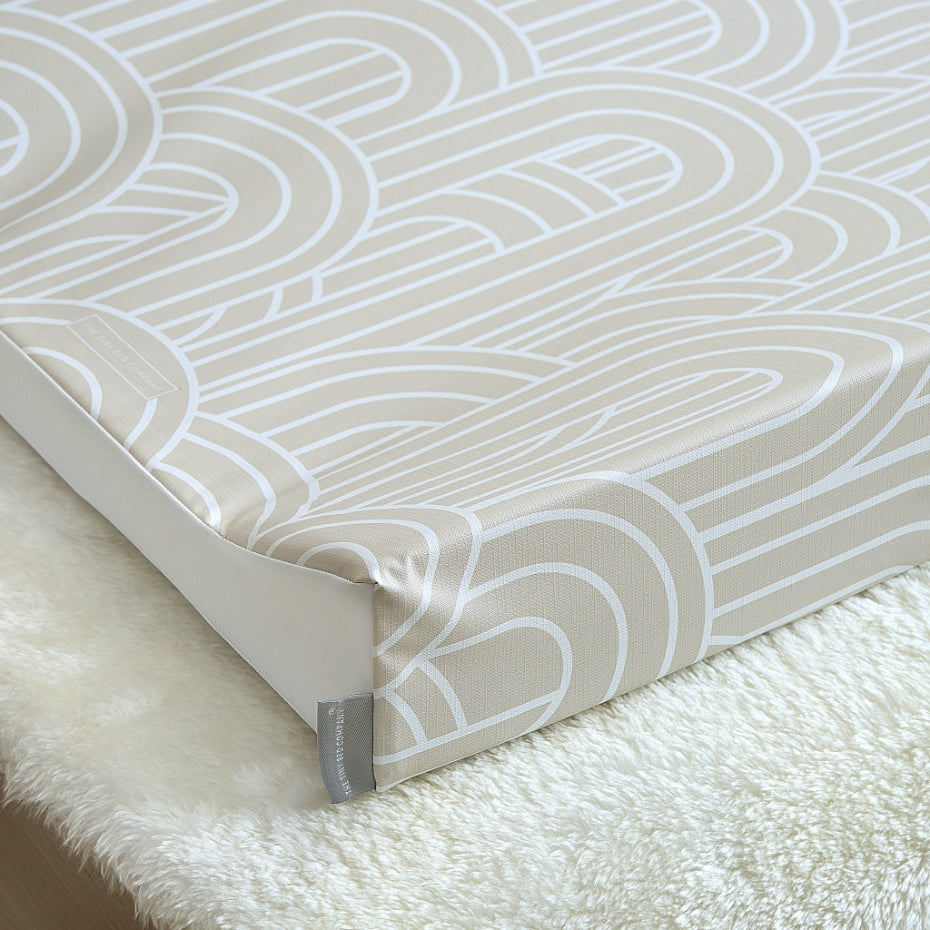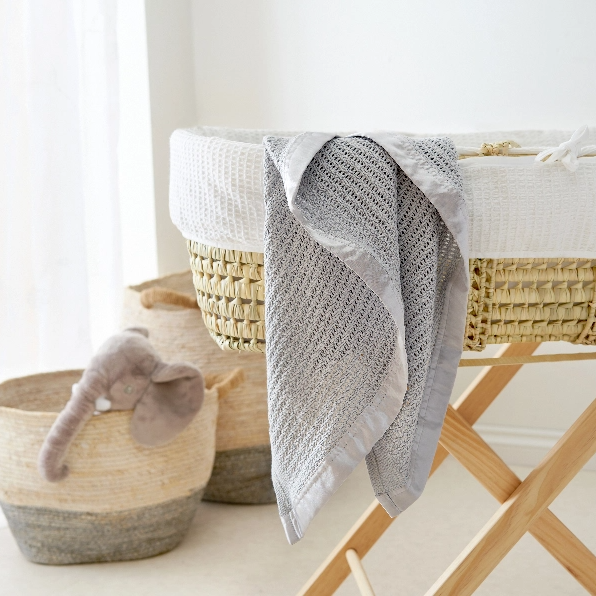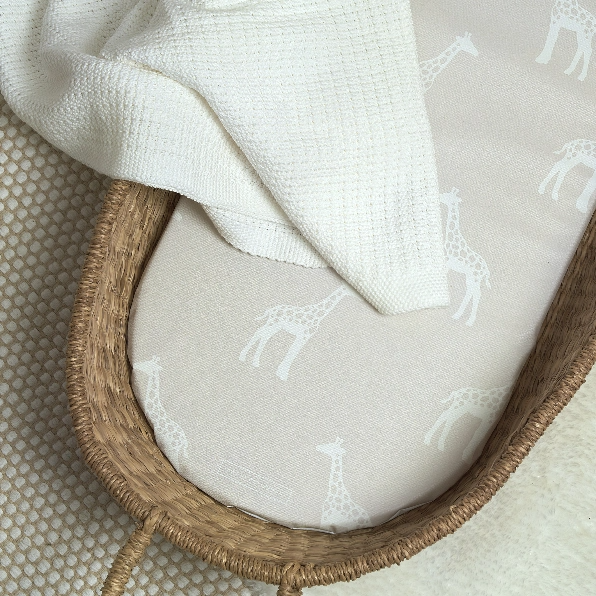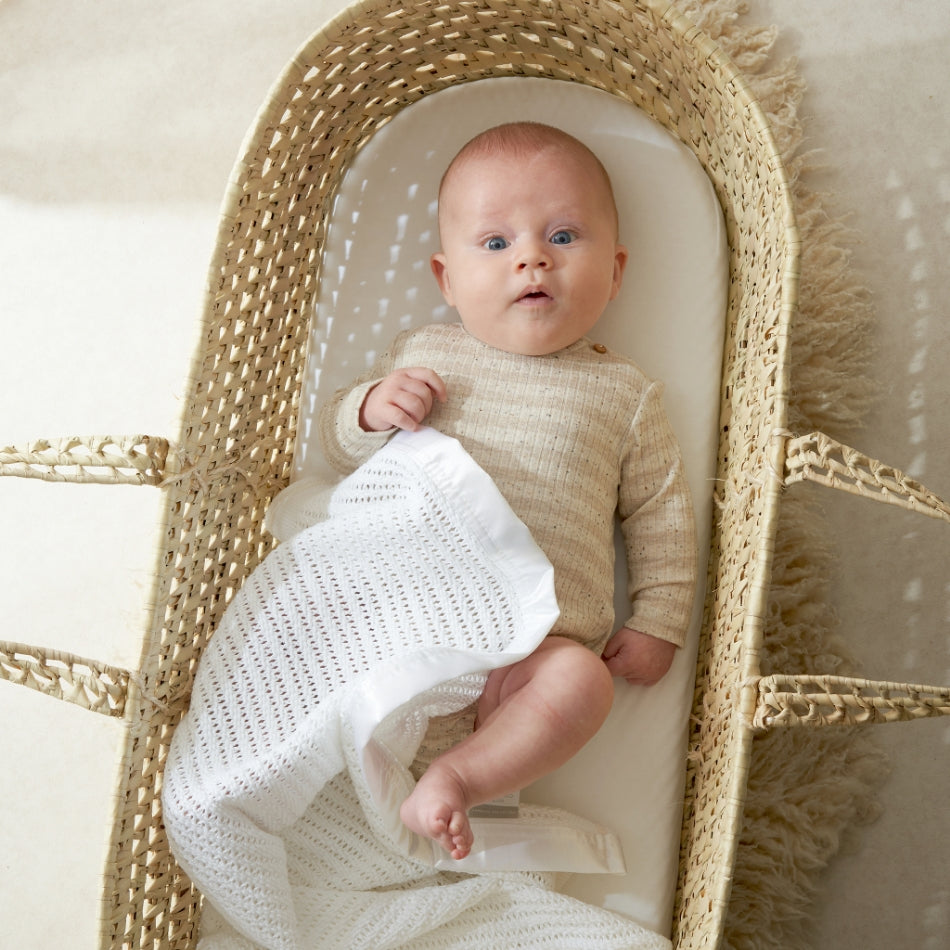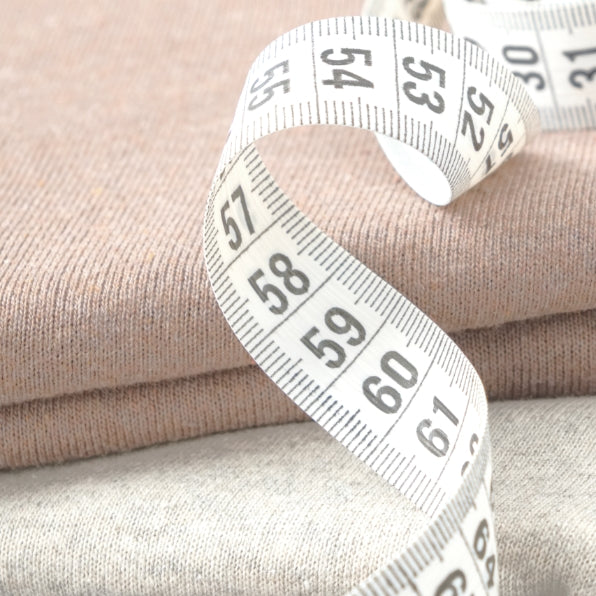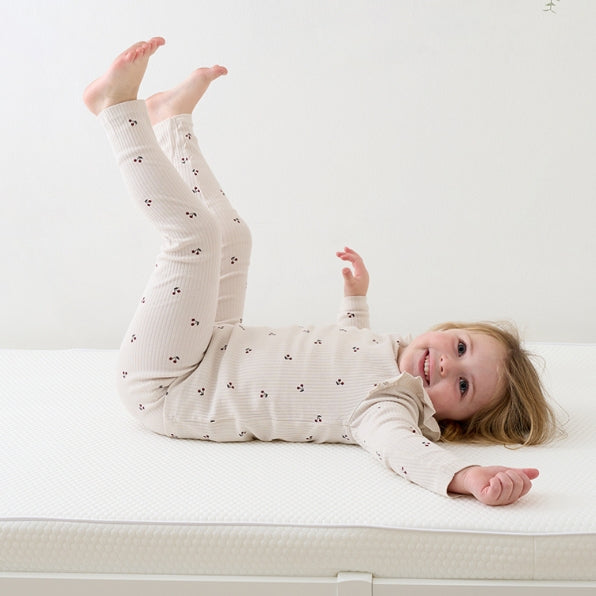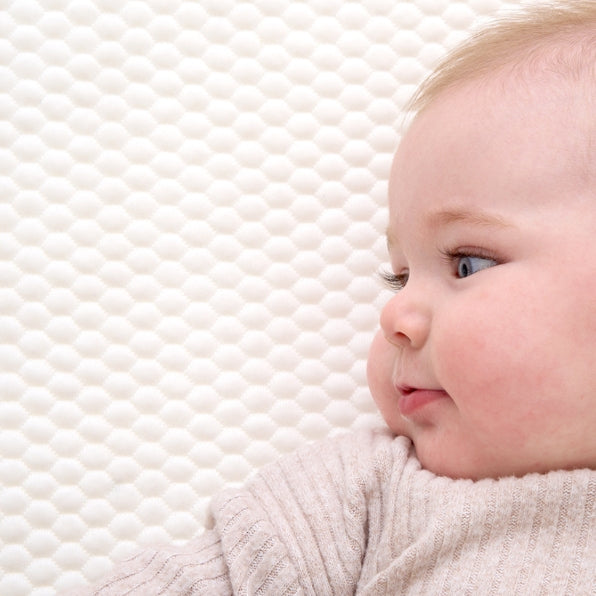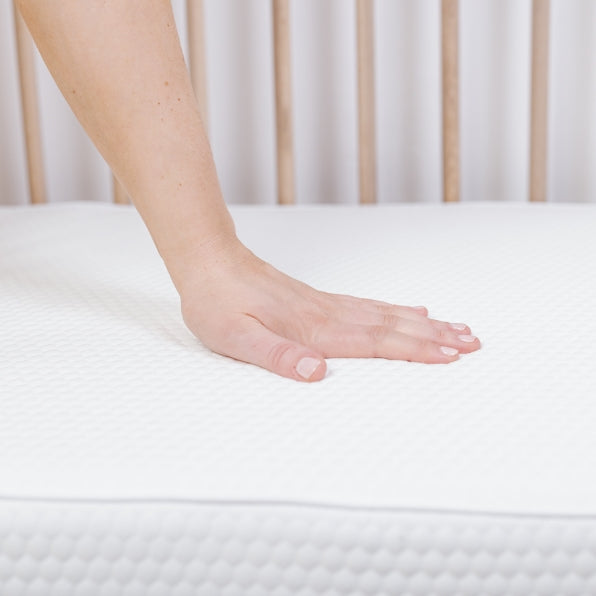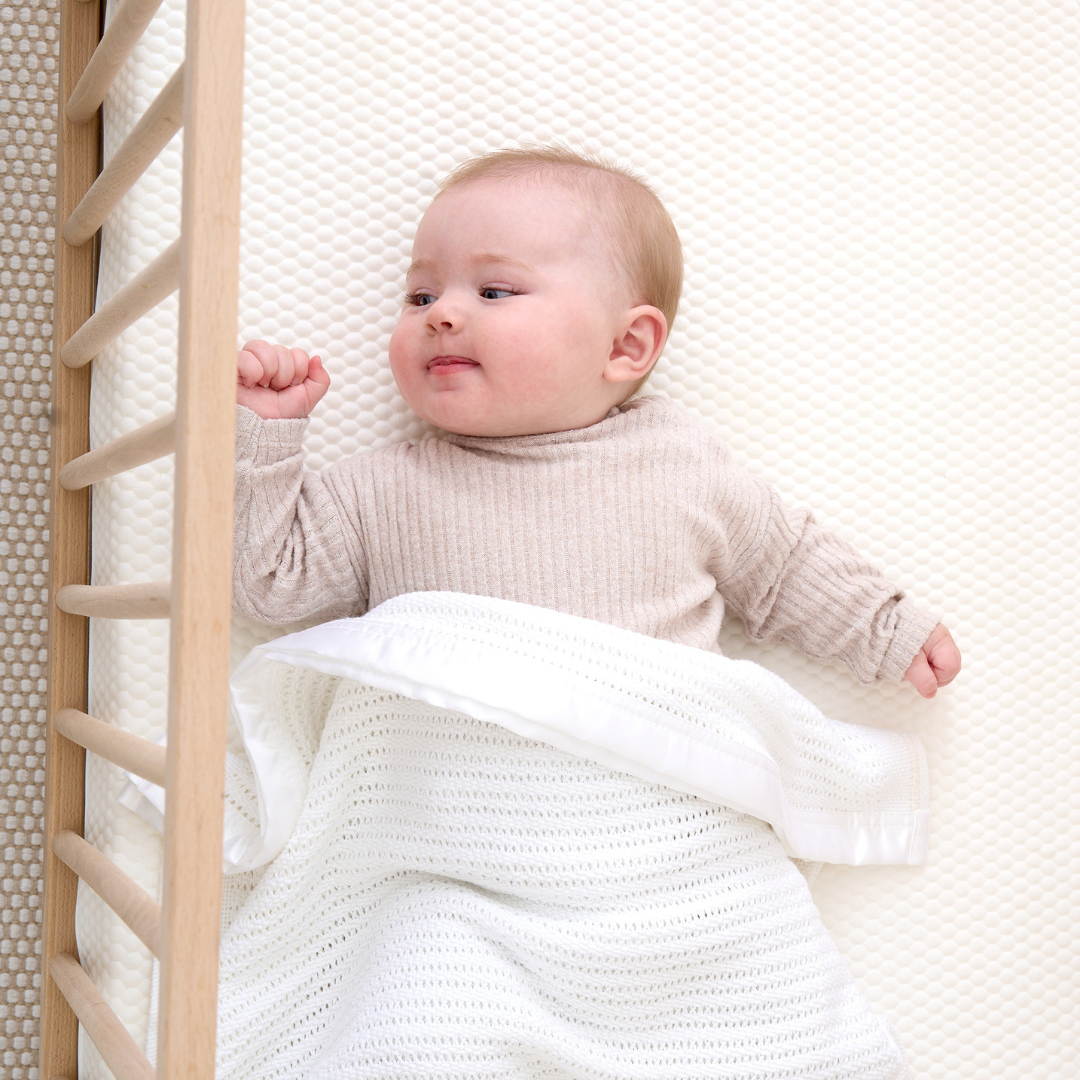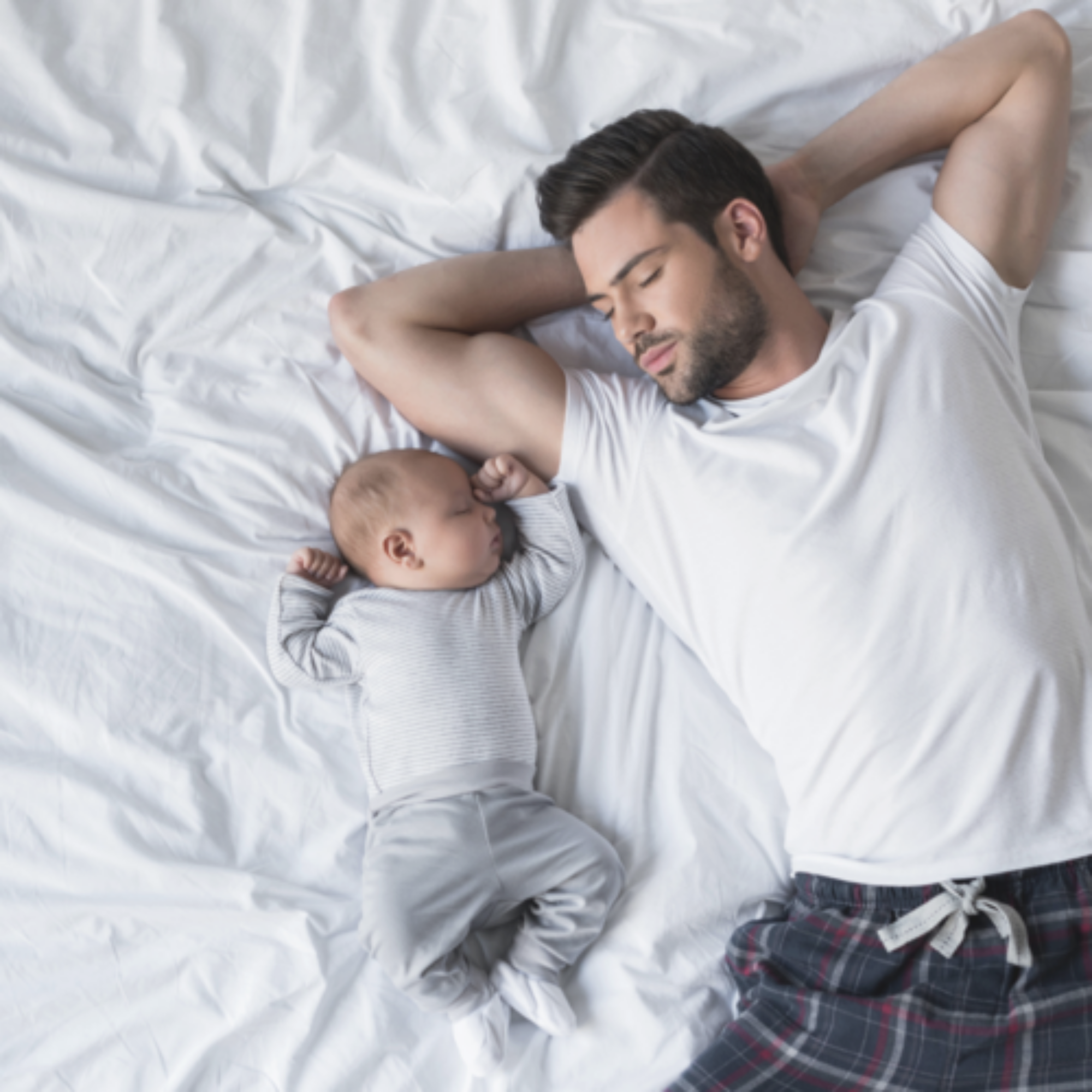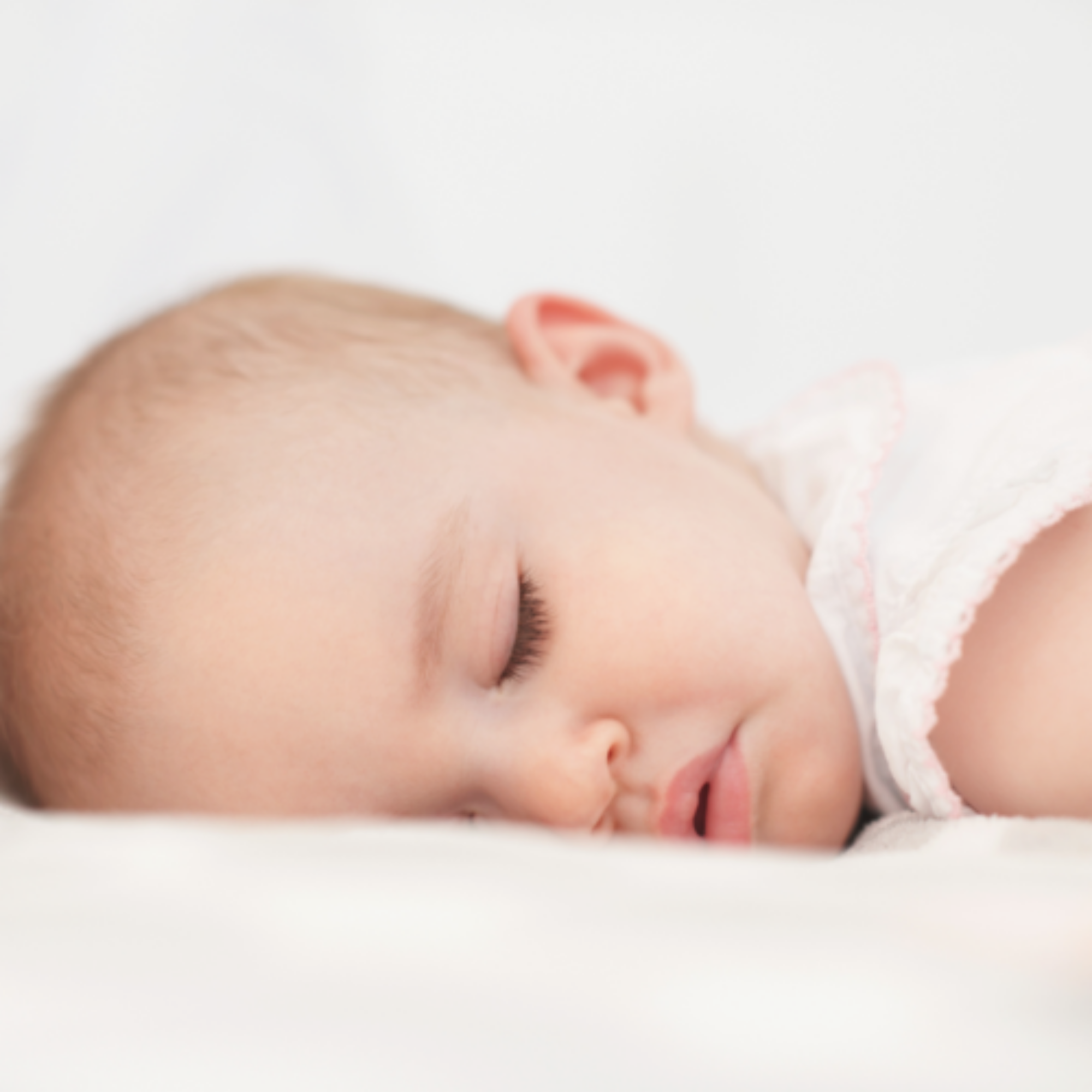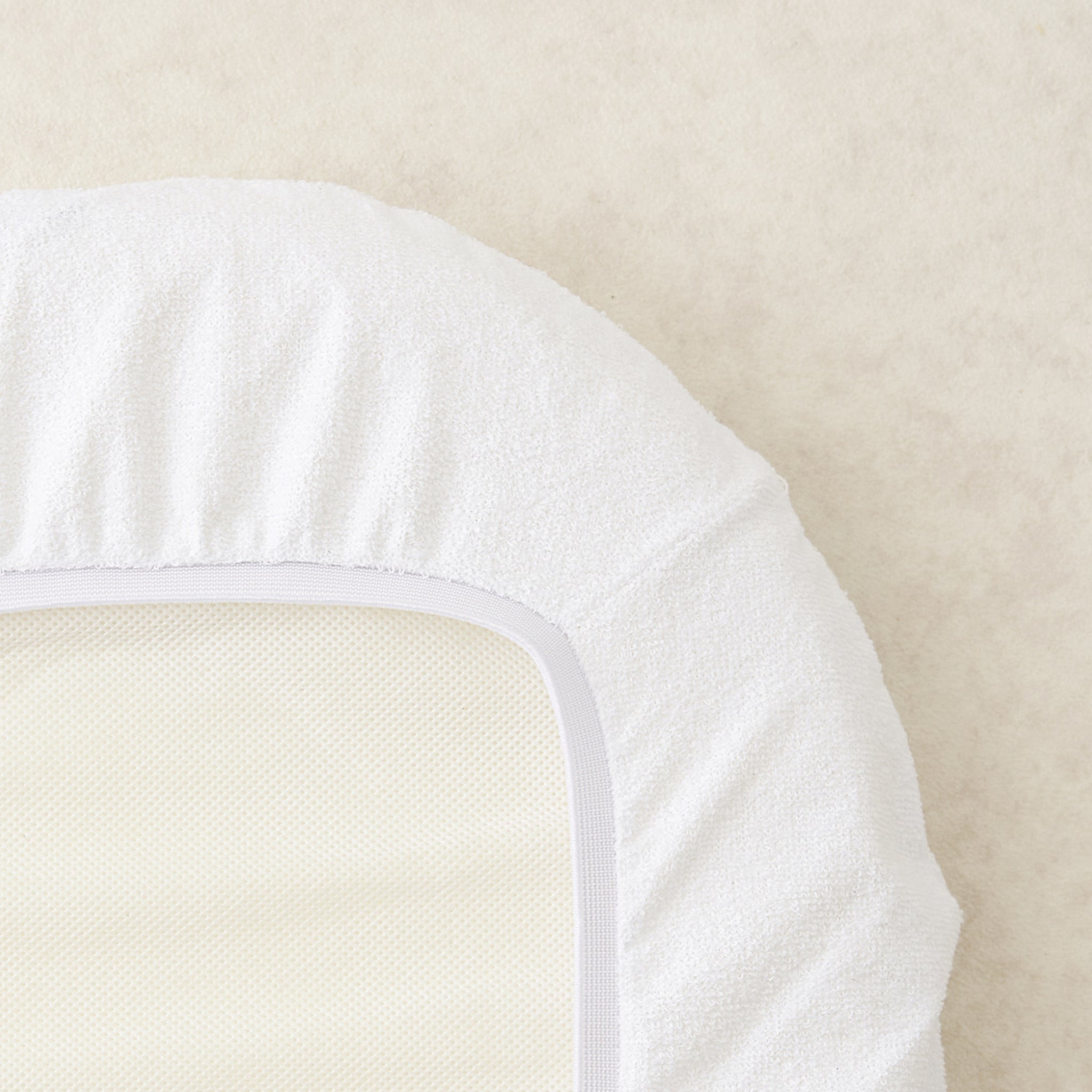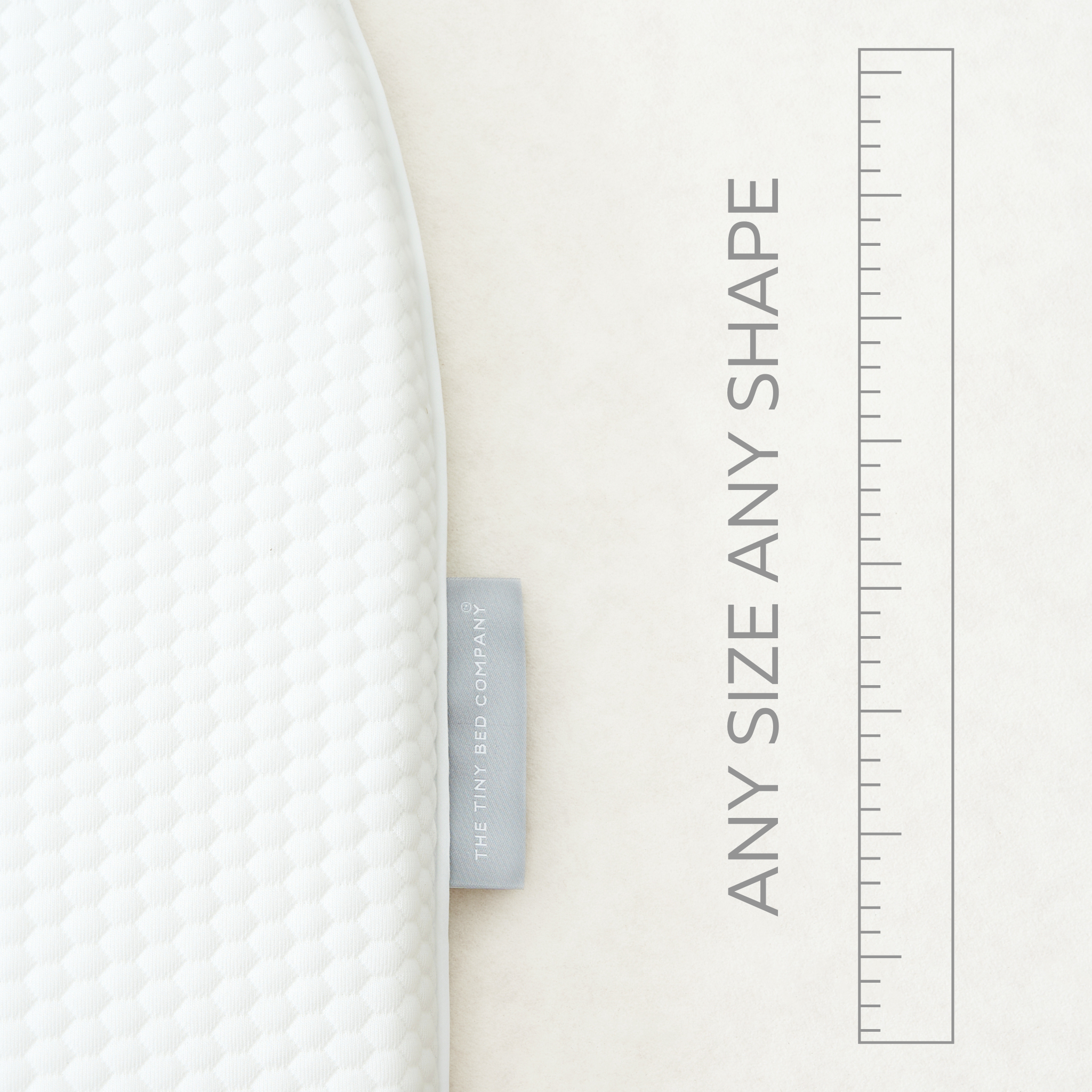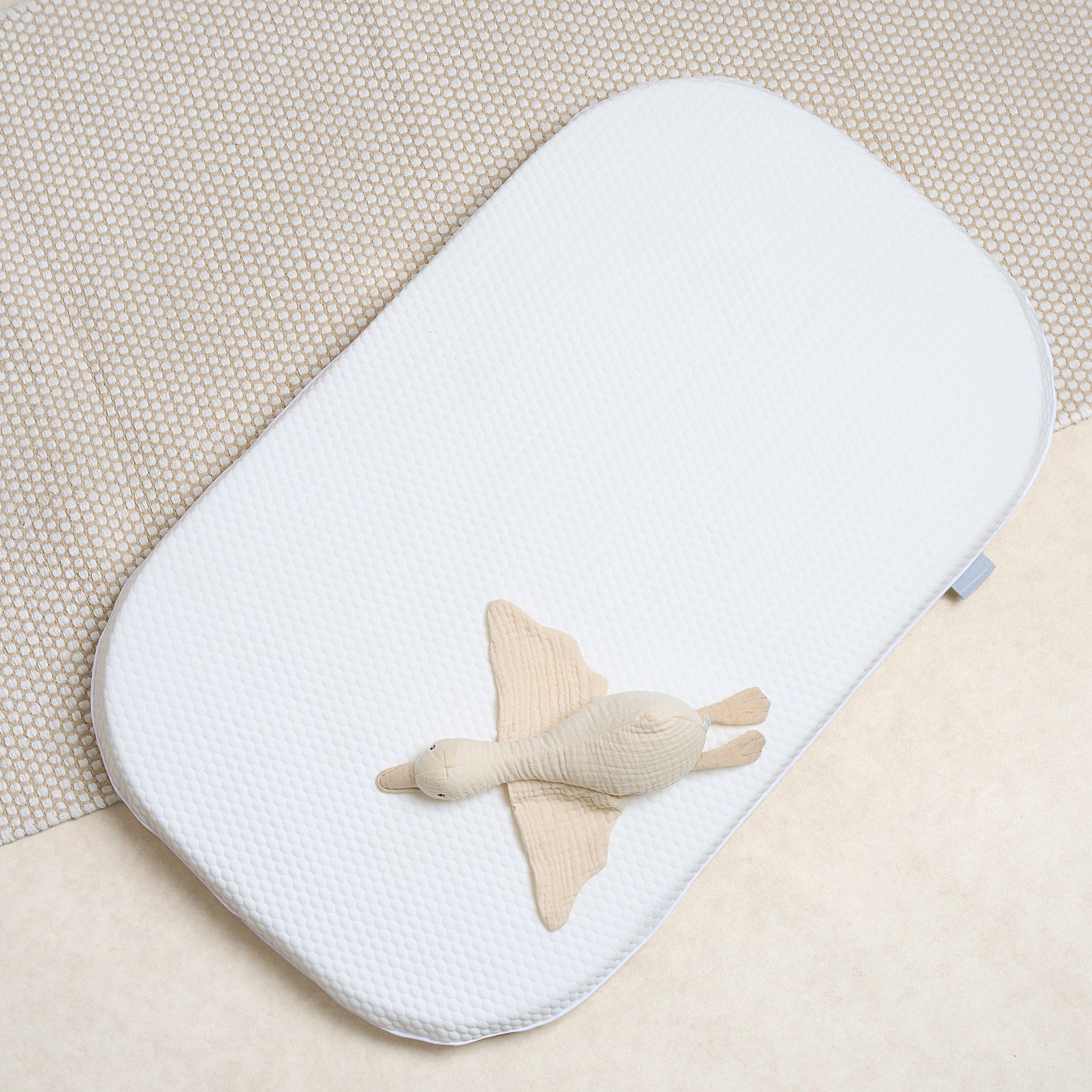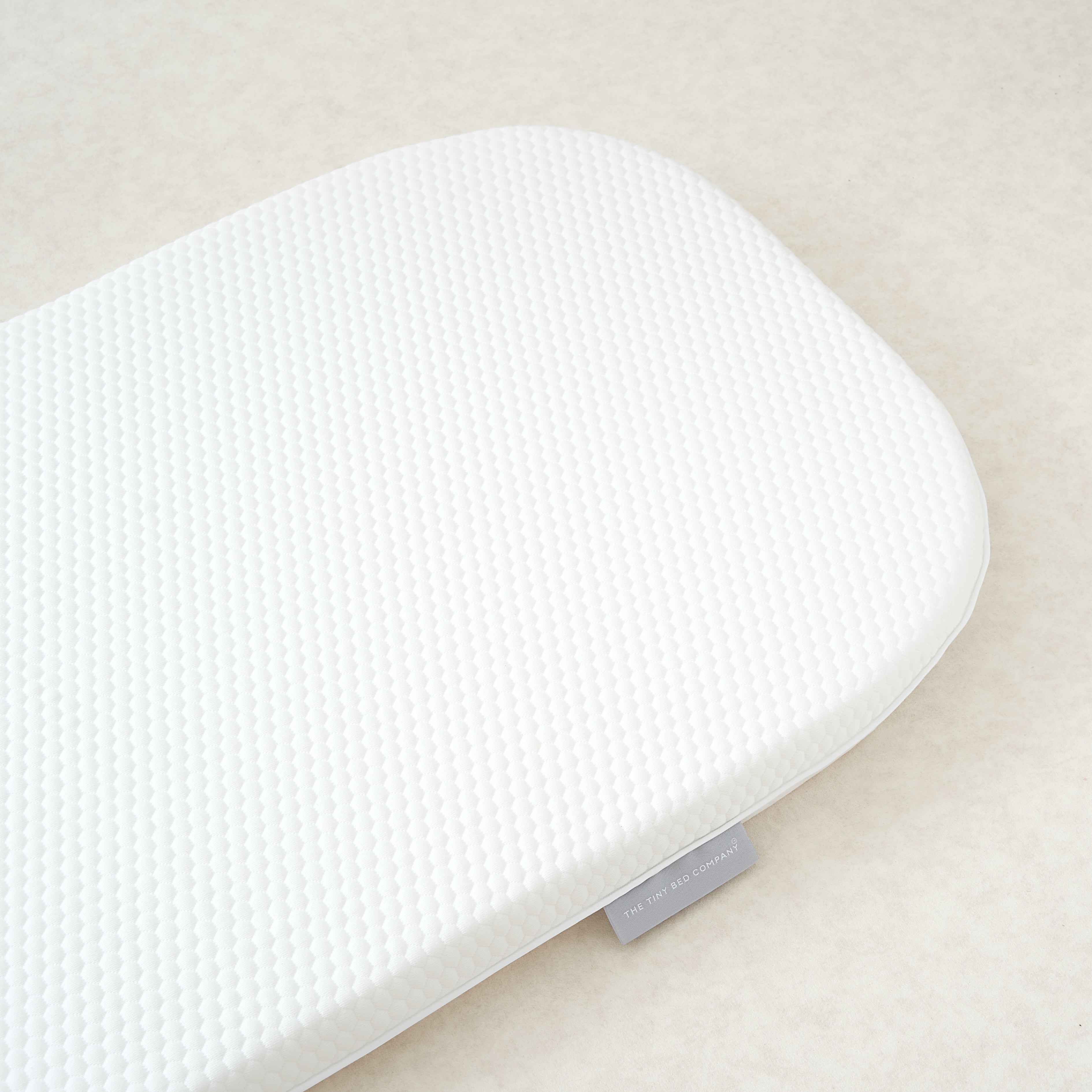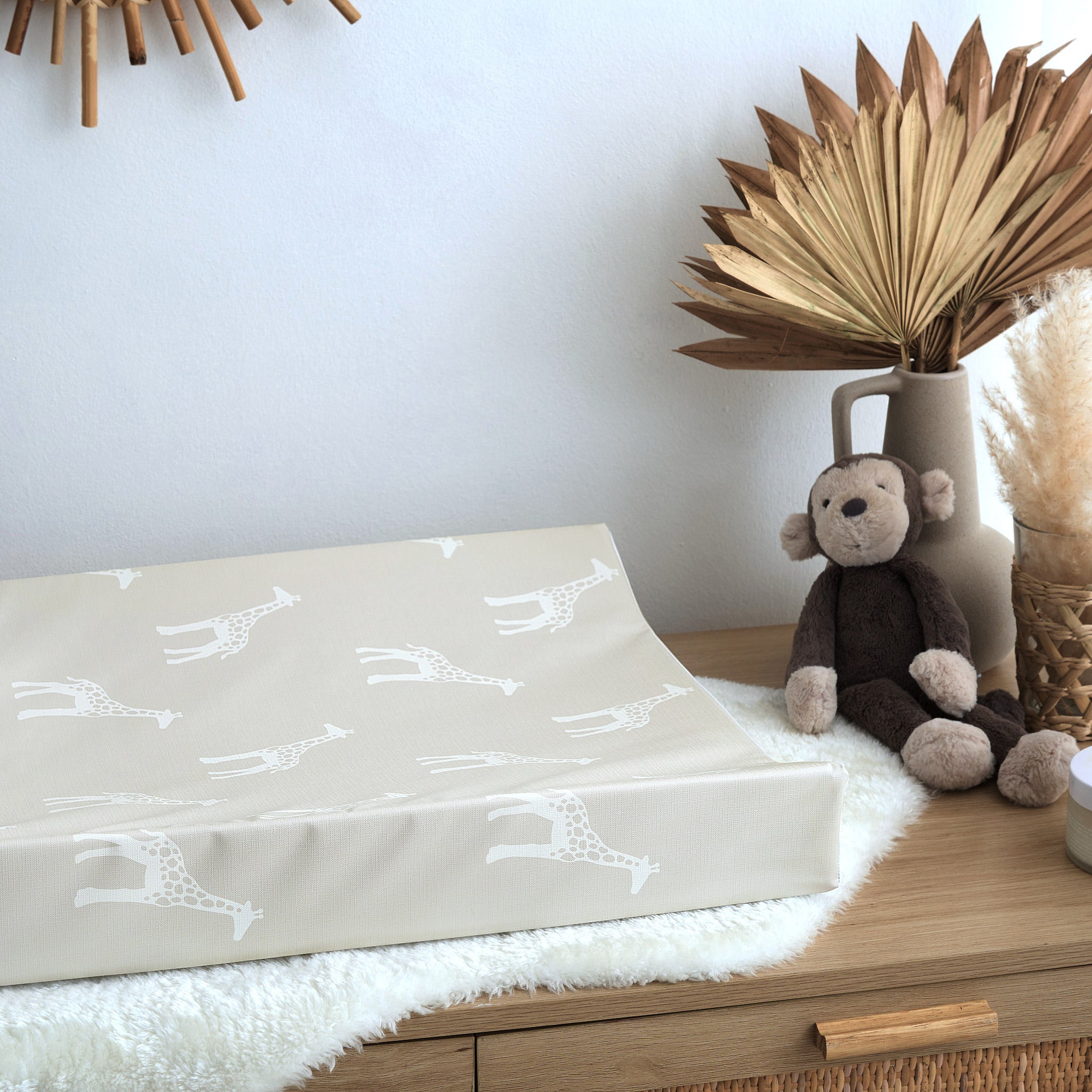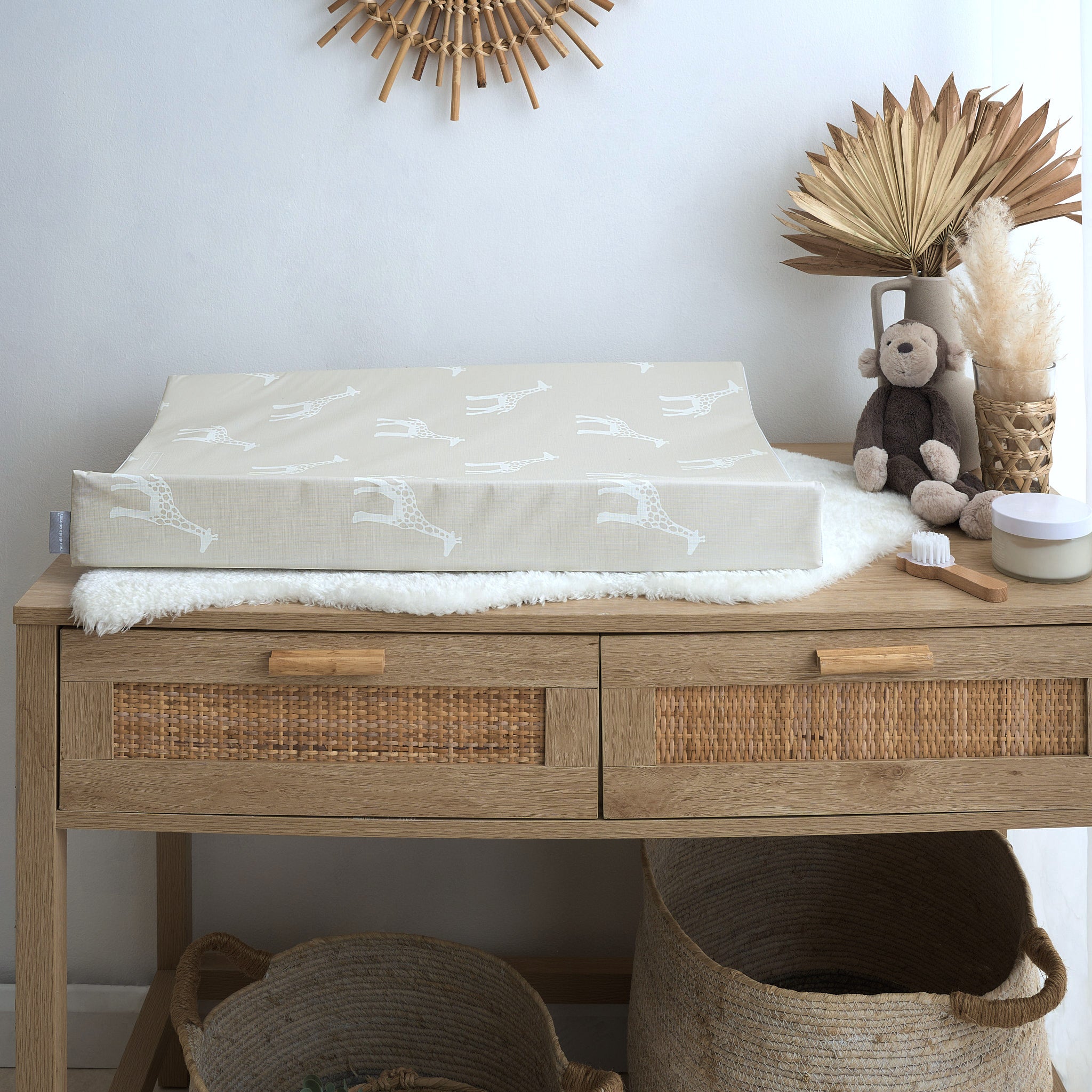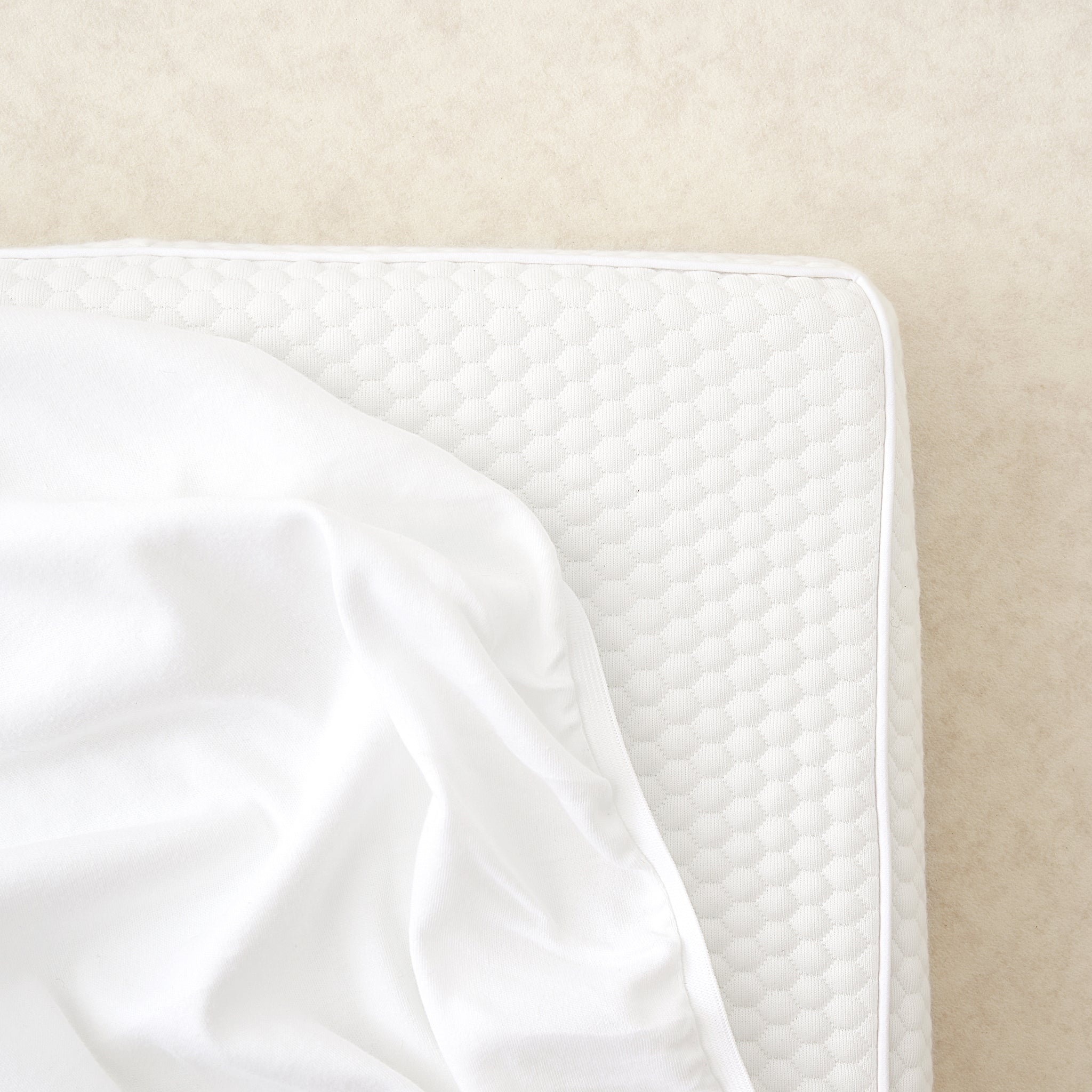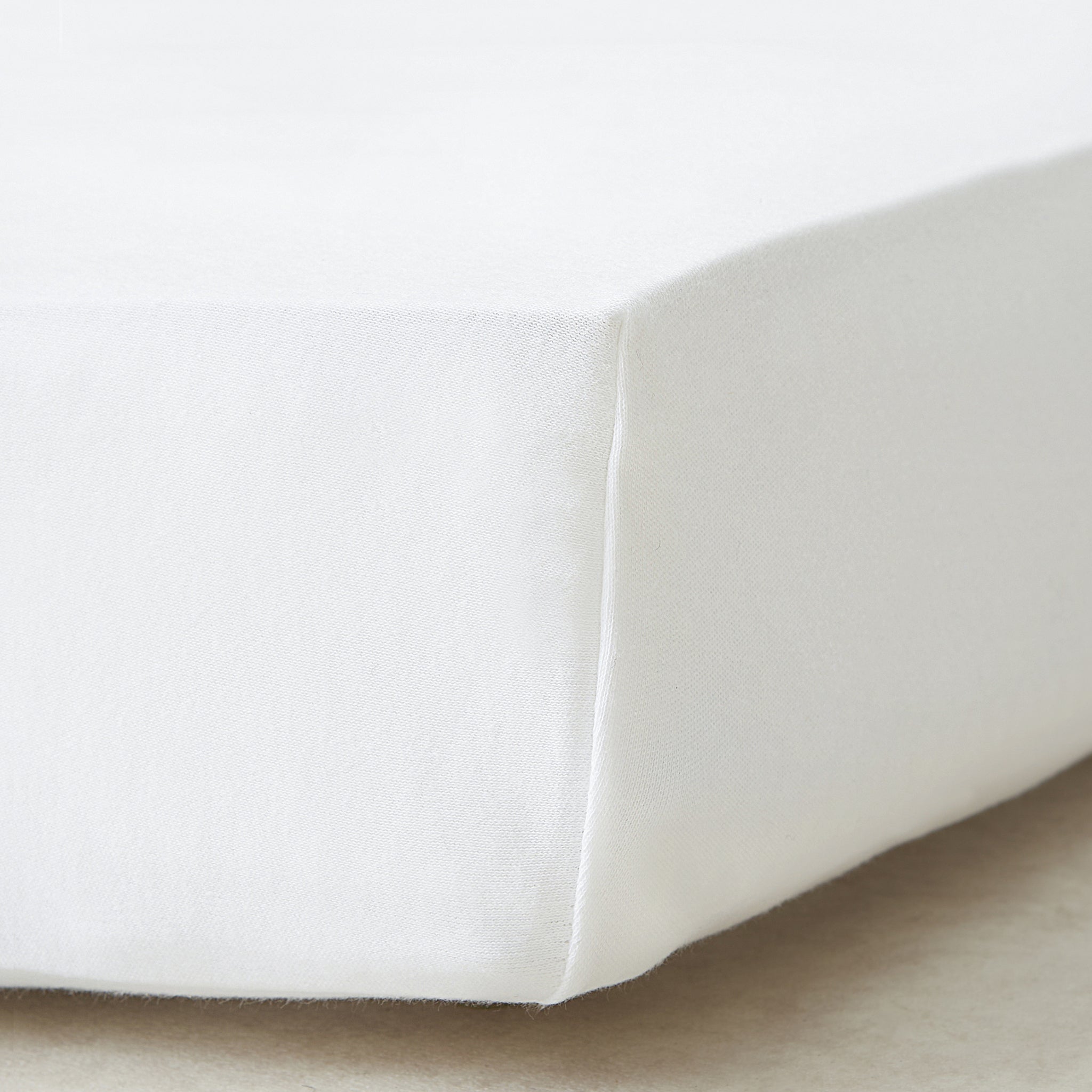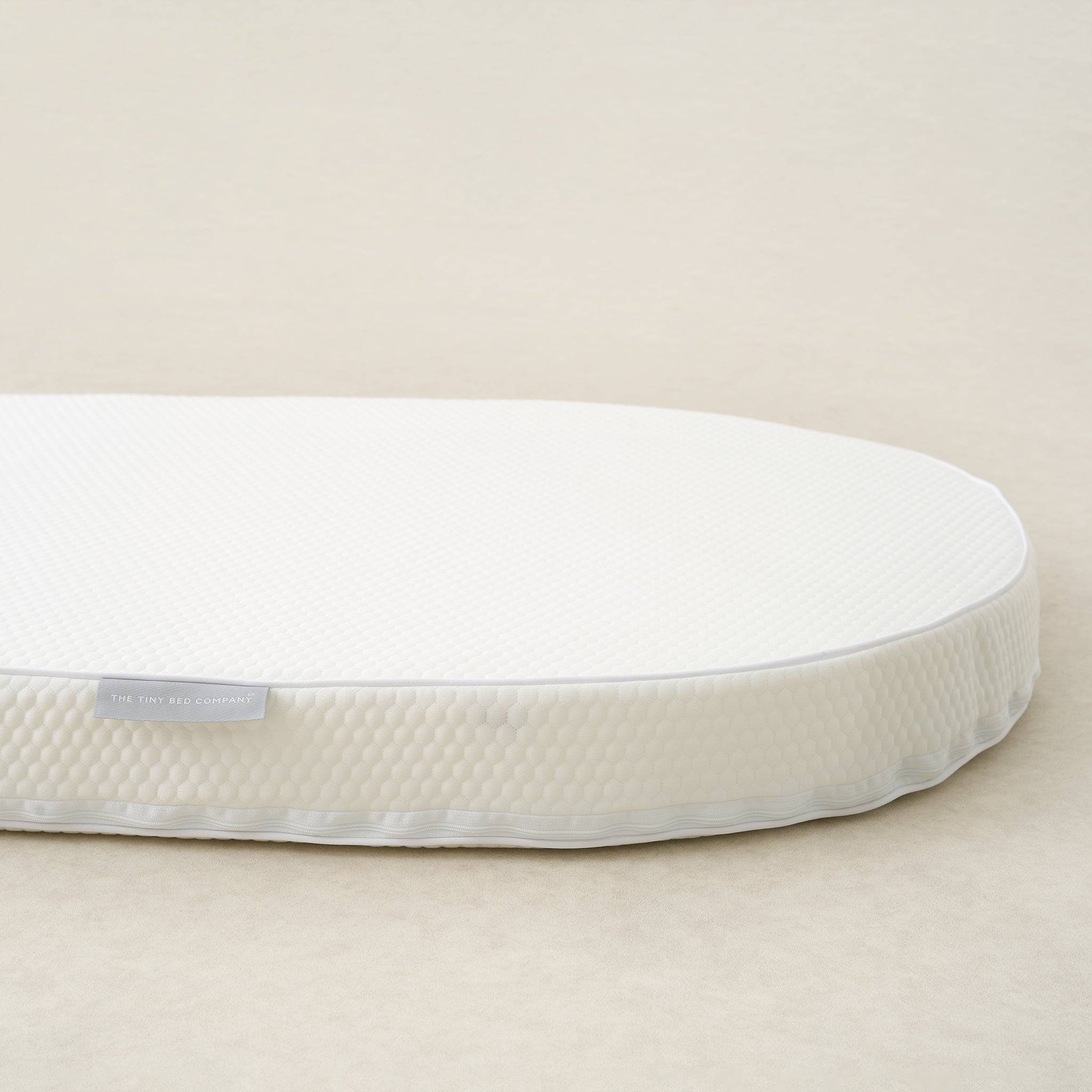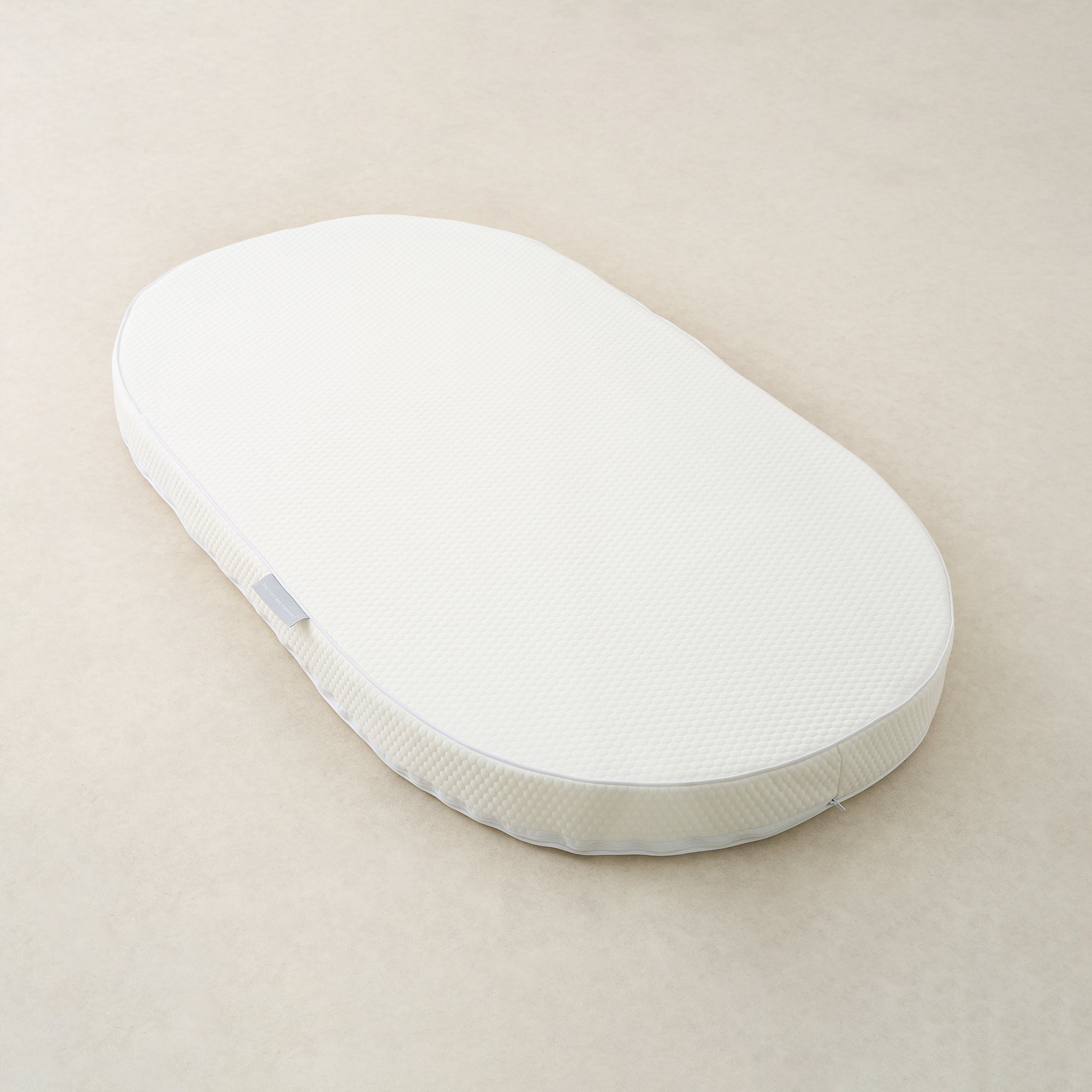Mastering Nursery Temperatures: A Guide to Healthy Baby Sleep
Maintaining healthy sleeping patterns is pivotal for your baby’s well-being and safety. A key aspect of this is ensuring that your baby's nursery maintains an optimal temperature.
What constitutes the ideal temperature?
Experts advise maintaining a nursery temperature between 16 and 20 degrees Celsius throughout the year, as it significantly influences the quality of your baby's sleep. A good rule of thumb is to keep the room at a temperature that feels comfortable to you.
Installing a baby thermometer in the nursery allows you to easily monitor the temperature and make necessary adjustments, such as adjusting the heating.
Some baby monitors offer the additional feature of displaying real-time room temperature on the monitor screen.
Why is the right temperature crucial?
Extreme temperatures can impede your baby’s growth and development as they struggle to regulate their body temperature, expending energy needed for healthy growth. Maintaining a safe room temperature also reduces the risk of overheating, thereby lowering the risk of sudden infant death syndrome (SIDS).
Dressing your baby for sleep
Controlling the room temperature precisely may not always be feasible, especially during hot weather. In such instances, adjust your baby's clothing accordingly.
While there are no hard rules, a general guideline suggests:
- For temperatures around 18-20 degrees Celsius, dress your baby in a vest and bodysuit.
- Cooler temperatures may necessitate a long-sleeved bodysuit or a warmer sleeping bag. If using an extra blanket, ensure it’s securely tucked below the shoulders.
- Temperatures exceeding 20 degrees Celsius may warrant a short-sleeved bodysuit, depending on warmth levels.
- Add or remove layers based on your baby's comfort.
If uncertain, seek advice from your health visitor or midwife.
How to determine if your baby is too hot
A gentle touch to the back of the neck or tummy can help gauge your baby's temperature. Pleasant warmth indicates comfort.
Cooler arms, hands, or feet do not necessarily signify coldness as babies regulate their temperature this way. Overheating poses a greater risk than slight coolness, increasing the likelihood of SIDS.
Signs of overheating:
- Damp, sweaty skin or hair
- Hot skin
- Flushed cheeks
- Restlessness
- Crying
- Heat rash
Signs of being too cold:
- Cold skin (though cooler extremities may not signify coldness)
- Crying
If unsure about your baby's sleeping conditions, seek guidance from your local midwife or health visitor.
